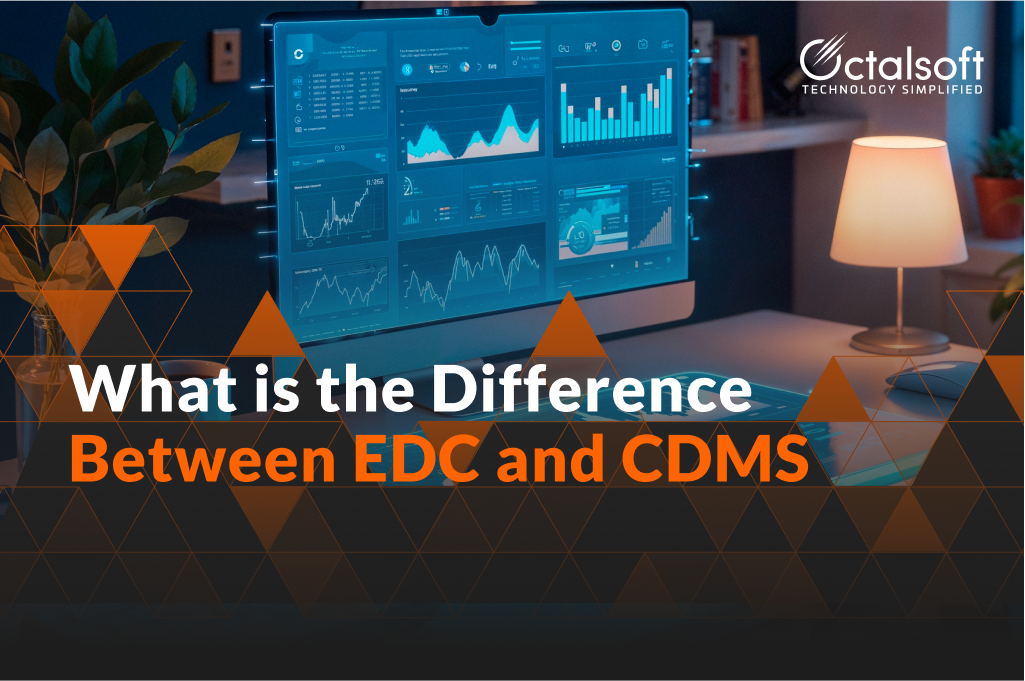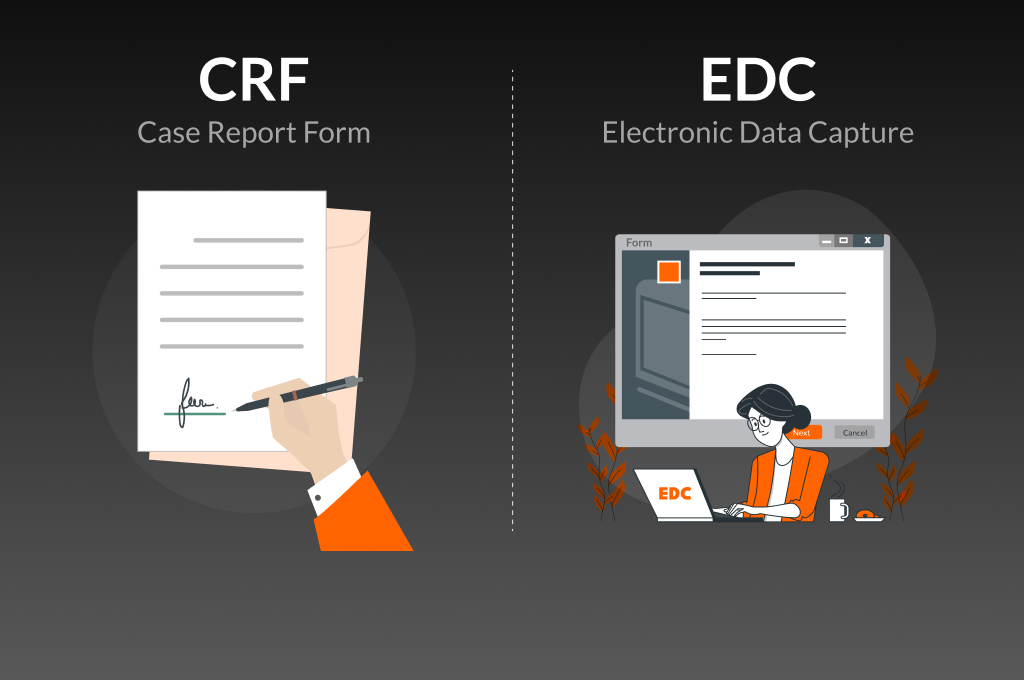Clinical trials need to be conducted to evaluate the safety and effectiveness of new medications, treatment, and medical equipment. Conducting these trials requires sophisticated systems capable of processing large amounts of data and intricate workflows. Two of the most important instruments employed in this endeavor are the Clinical Trial Management System (CTMS) and Electronic Data Capture (EDC). Although used concurrently, each has its own specific functions.
What is a CTMS?
A CTMS is an operating and logistical platform for managing a clinical trial, which is used by sponsors, CROs, and study sites to plan studies, manage sites, budget, and ensure regulatory adherence.
Key functions include:
- Study Setup: Plans, protocols, and SOPs
- Site & Investigator Management: Monitors site performance and assures compliance.
- Monitoring Visits: Organizes visits and ensures Good Clinical Practice (GCP) compliance
- Financial Tracking: Overseeing budgets and investigator pay.
- Regulatory Documents: Informed consent forms, IRB approval, and contracts
- Project Reporting: Offers real-time dashboards of trial progress and milestones.
What is an EDC
An EDC system is designed to store and retrieve clinical trial data electronically, in lieu of paper Case Report Forms (CRFs). It provides quicker, cleaner, and more precise data entry.
Key functions are:
- eCRF Design: Develops electronic forms that match the study protocol.
- Data entry & validation: Permits immediate data entry with real-time validation of errors.
- Query Management: Finds and solves inconsistencies effectively
- Data Export: Formats cleaned data for analysis and regulation submission.
- Audit Trails: Tracks every action to ensure compliance with FDA and GCP standards.
CTMS vs. EDC: The Main Differences
| Feature | CTMS | EDC |
| Main Purpose | Oversees trial operations | Gathers clinical data |
| Users | Project managers, CRAs | Site staff, data managers |
| Data Type | Operational (site performance, budget) | Patient-level (lab data, AEs) |
| Focus | Oversight & logistics | Data quality & integrity |
| Integration | Links with EDC, eTMF, etc. | Connects to CTMS, labs, ePRO |
Why You Need Both
Current clinical trials depend on both systems operating in conjunction:
- CTMS to monitor, EDC to manage: CTMS measures trial performance and adherence; EDC handles patient information.
- Various measures: CTMS coordinates recruitment, budget, and timelines, while EDC records patient vitals and adverse events.
- Visibility: CTMS provides top-level perspectives; EDC offers granular insights into data.
Integration Benefits
When CTMS and EDC become integrated:
- Data Sync: EDC enrollment data integrates into CTMS in real time.
- Fewer mistakes: Shared data minimizes manual entry.
- Improved Compliance: Integrated systems enhance audit preparedness and reporting.
Selecting the proper tools
In choosing CTMS or EDC platforms, consider:
- Study Complexity: Large or international studies require strong tracking and data systems.
- User Experience: Intuitive systems minimize user mistakes and training requirements
- Scalability & Integration: The systems ought to scale up with your research and integrate into other platforms.
- Regulatory Compliance: They must be compliant like ICH GCP, 21 CFR Part 11, and GDPR.
Final Thoughts
CTMS and EDC systems play two distinct yet complementary functions in clinical studies. CTMS is responsible for managing trial structure and progress, while EDC handles data accuracy and regulatory readiness. They both simplify processes, improve data quality, and facilitate quicker, more effective trial results.
Interested in optimizing your next trial? Learn how Octalsoft’s CTMS and EDC solutions can assist your next study; schedule a demo with our experts today.




